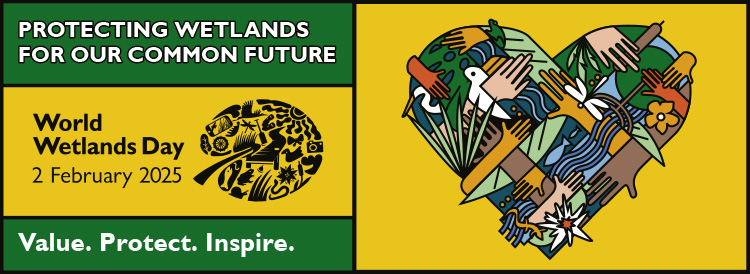By Kathy Jones, Biologist and Volunteer Manager, Birds Canada
Wetlands provide food and shelter for numerous birds year-round: Whimbrels in West Coast estuaries, Bonaparte’s Gulls on marshy lakes in the Boreal, pelicans on Prairie Potholes, bitterns in Great Lakes coastal marshes, rails in wetlands along the St. Lawrence, sandpipers on Bay of Fundy mudflats, and on and on. Many bird species spend some or all of their lives in a wetland, so protecting them has never been more important.
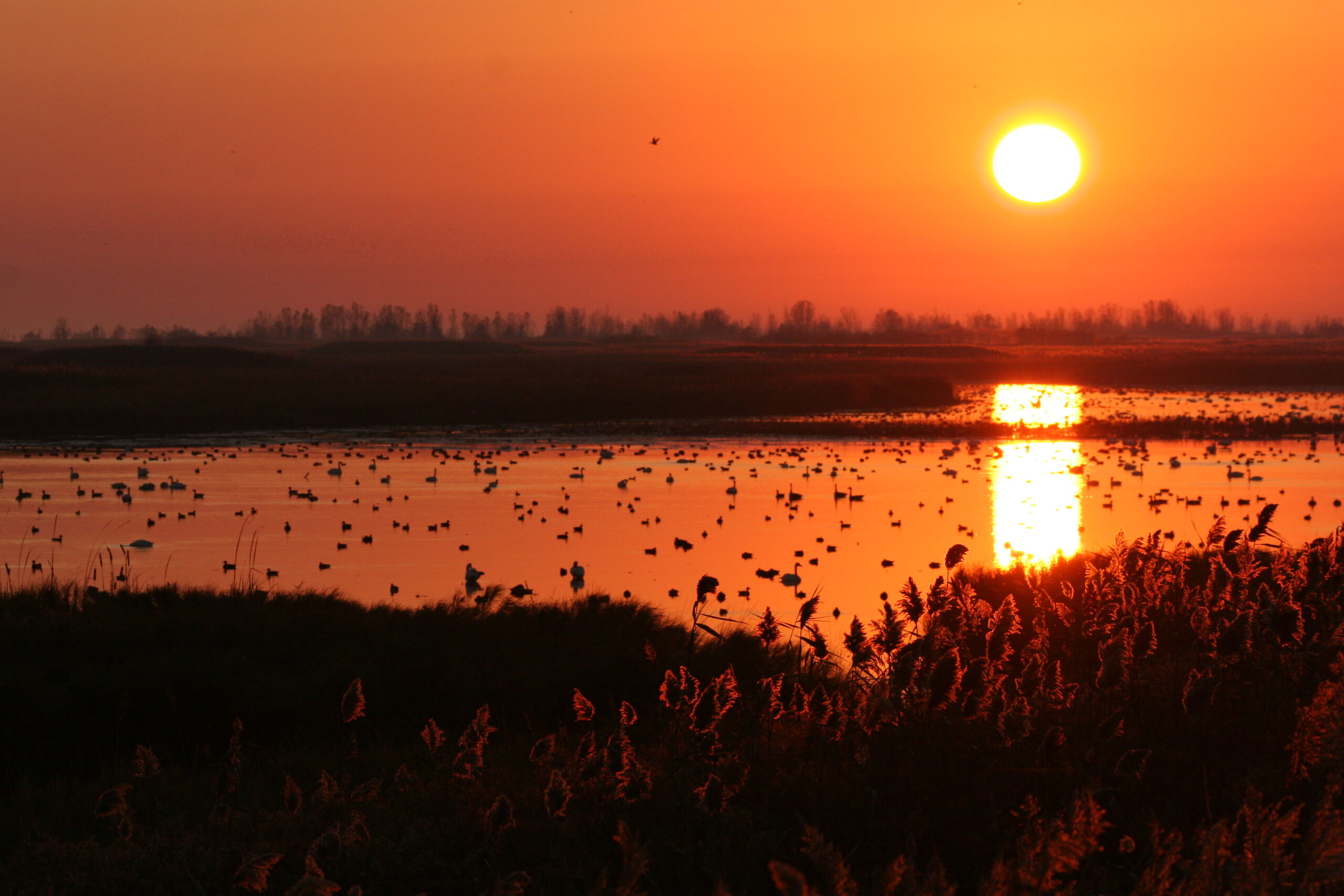
Big Creek Marsh. Photo: Tara Crewe
However, it’s not just birds that rely on the vital services that wetlands provide. Their water purification, shoreline protection, flood control, carbon sequestration, and recreation all play a part in our lives as humans. Unfortunately, wetlands continue to decline in number, size, and quality. Those that remain are threatened by rising water levels, pollution, infilling, draining, and other human impacts. Many marsh-dependent bird species have been affected and are in need of protection, recovery, and long-term monitoring. This February 2nd, on World Wetlands Day, let’s take a moment to learn about and appreciate these important places.
Birds Canada supports wetland conservation through a number of different projects, but our best-known is the Marsh Monitoring Program, which has operated in five developed regions across the southern part of the country: British Columbia, Prairies (2008-2012), Great Lakes, Quebec, and the Maritimes. The Great Lakes Marsh Monitoring Program is the longest-running of its type, having reached its 30th season in 2024. It engages volunteers who collect bird, frog, and habitat information in the field. We then put these data “to good work” in a variety of ways to help conserve wetlands and the wildlife that depend on them.
The Marsh Monitoring Program is well-known for supporting wetland management to benefit wildlife. For example, the 2024 Habitat Matters North American Waterfowl Management Report notes that “Birds Canada’s Marsh Monitoring Program is one of the main tools the Black Duck Joint Venture and Eastern Habitat Joint Venture use to measure the success of wetland restoration projects.”
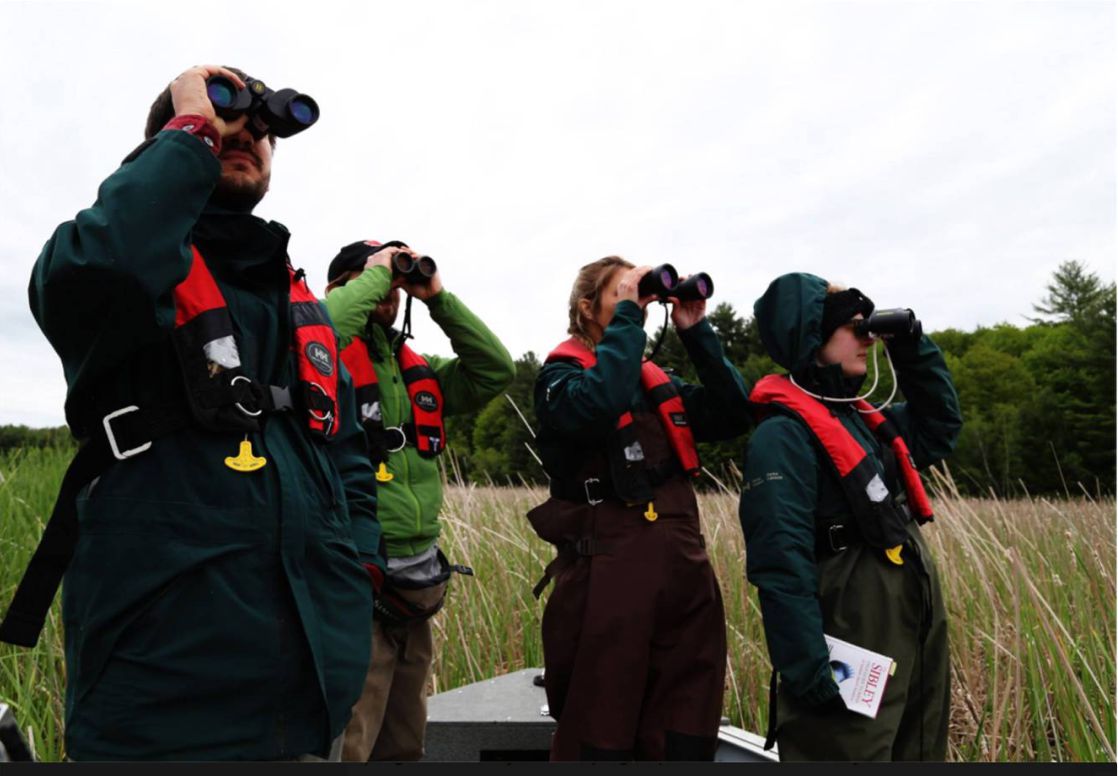
Marsh Monitoring crew at Thousand Island National Park.
Wondering what it feels like to take part? Let’s answer some commonly asked questions using the Great Lakes Marsh Monitoring program as an example:
Where are the surveys conducted?
Anywhere in the Great Lakes watershed. In marshes, but not treed swamps with overhead canopies.
When are volunteers in the field?
Between April and early July, but timing depends on the region and whether birds or frogs are being surveyed.
What do the volunteers do?
Surveyors visit their survey stations 3–6 times each year, during which they record the presence and abundance of wetland birds and/or frogs.
How many volunteers are there?
Around 400 volunteer surveyors annually, plus their survey partners. Through the years we estimate that over 3100 people have participated in the program for a total of 250,000 volunteer hours.
What impact have you seen?
The data collected have been used to raise awareness of marsh bird and frog population declines, save wetlands from development, identify species at risk, justify funding for wetland restoration and invasive species control, improve the effectiveness of Great Lakes water level regulation, and prioritize the best places for wetland conservation.
Want to Learn more?
Head to the Great Lakes Marsh Monitoring Project. If you live outside of the Great Lakes region, check out the Marsh Monitoring Programs elsewhere across Canada. If you’re not quite ready for the Marsh Monitoring Program, try MarshWatch for a “gentle” introduction to marsh birds and frogs first.
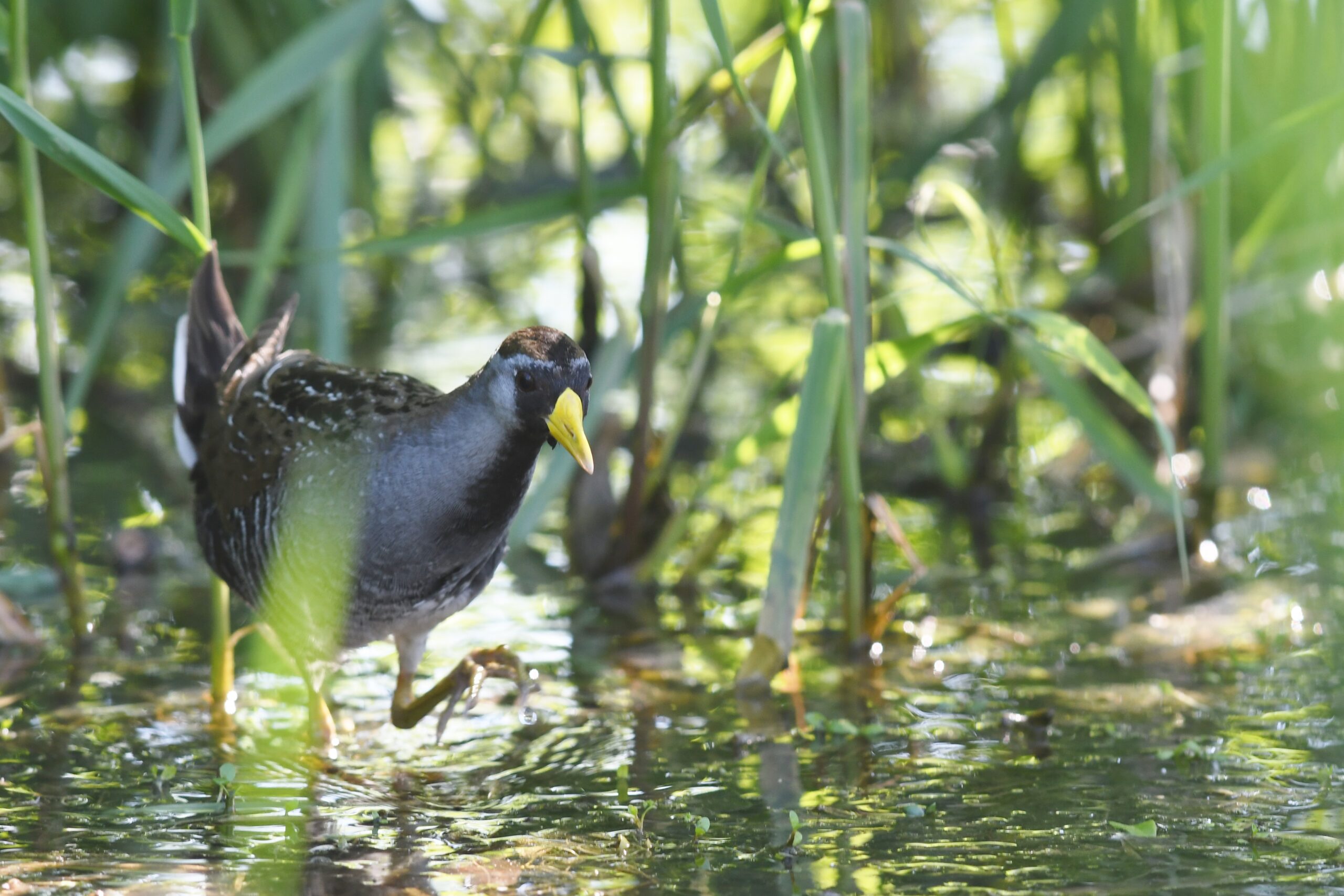
Sora. Photo: Jeremy Bensette
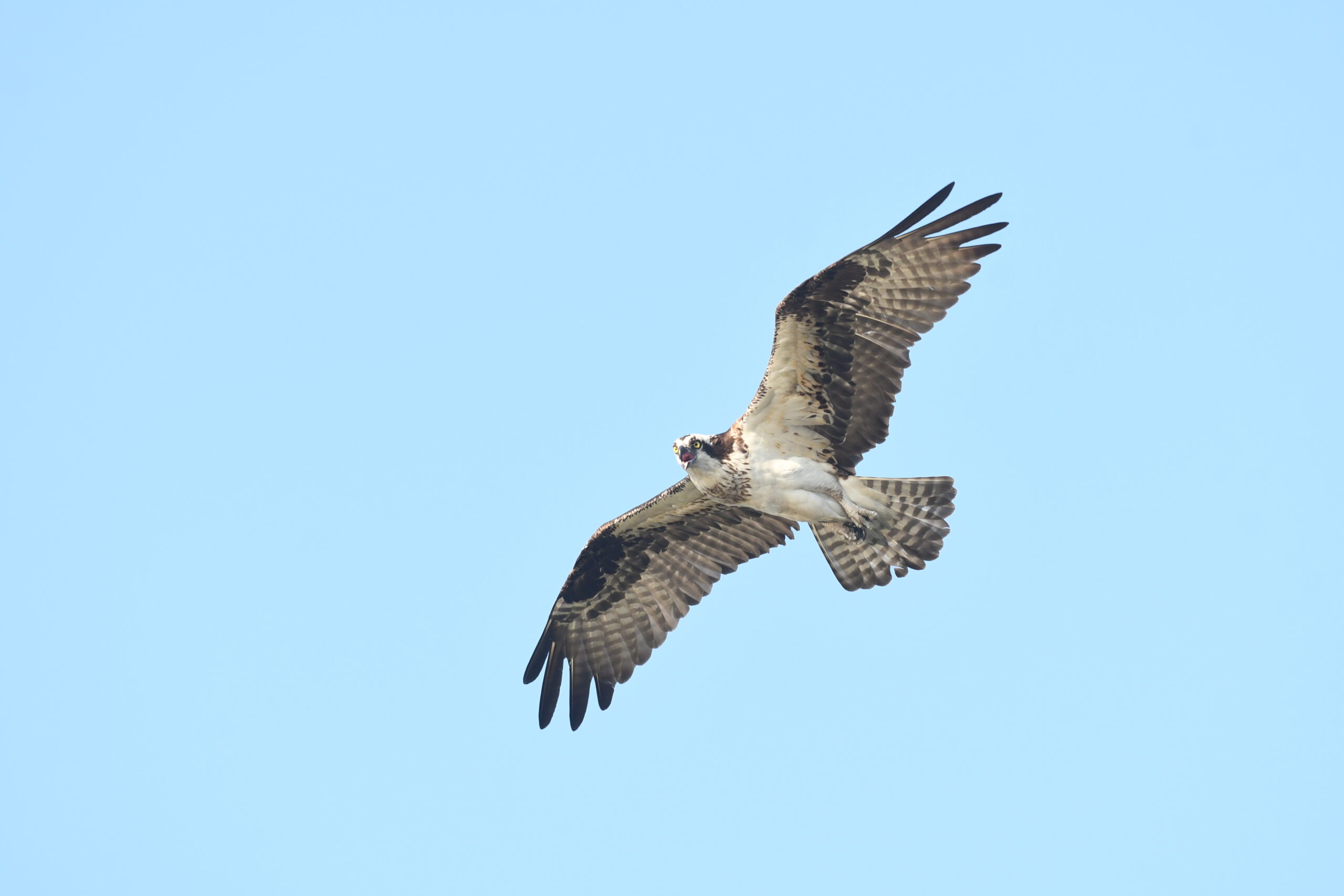
Osprey. Photo: Jeremy Bensette

